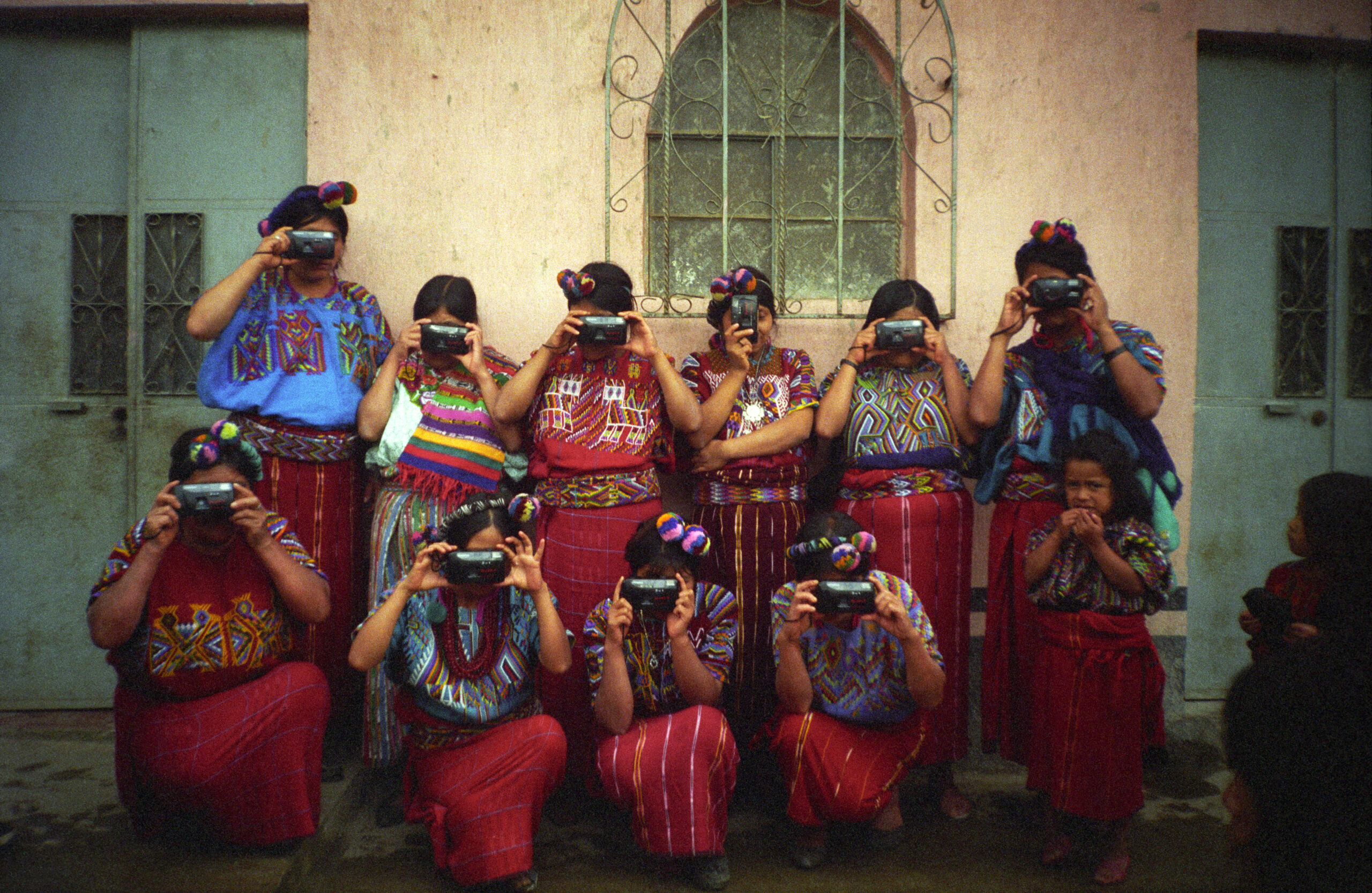Voices and images: Mayan Ixil women of Chajul
Country: Guatemala
Participants: Women photographers from Association of Mayan Ixil Women (ADMI) and M. Brinton Lykes
Photovoice workshops
© Voices and images: Mayan Ixil women of Chajul, Guatemala
During the Guatemalan civil war (1960–96), government forces were condemned for widespread human rights abuses against civilians and for committing genocide against the Maya Ixil. Chajul, a major town within the Ixil area, was one of the sites of mass atrocities, which included massacres, the destruction of villages, disappearances, and widespread displacement and exile.
The wide-ranging effects of decades of conflict combined with economic inequalities, racism, and deep-rooted structural colonial legacies ruptured much of everyday life within these communities. Women who had suffered from the racialised, gendered violence of the war, which included thousands of documented cases of rape, torture, and the killing of girls and women, were often left as the sole providers. Many responded by creating and participating in new human rights and women’s organisations through which they sought to recover traditions and rebuild communities and families.
The Association of Mayan Ixil Women (ADMI) was one such organisation that sought to carve an alternative space in which survivors could express the multiple effects of the war and how they were rebuilding their lives. ADMI coordinated various programs, including economic development, educational projects, and a local library. M. Brinton Lykes, an activist scholar from the United States, worked collaboratively with the women at ADMI from 1992 onwards, drawing on Paulo Freire’s pedagogical techniques, indigenous practices, and participatory action research (PAR) methods. The women decided they wanted to incorporate participatory photography. Inspired by Caroline Wang’s photovoice work with Chinese women, they sought to use photography to develop a public record of Ixil women’s lives, to “tell the story of the violence,” prevent future episodes, and build connections with other women in Guatemala. They also sought to learn new skills to develop economic and psychosocial resources for their communities.
Twenty ADMI members volunteered to participate in what would be a multiple-year project. After an initial camera training, they began an iterative process of photographing and storytelling their individual pictures to develop a community narrative. The thematic focus was decided by the participants every month, emerging out of the analysis of their previous photos and their lived experiences during the war and its aftermath. Topics included women’s work, families, health and illness, religion and culture, land struggles, the effects of war, the harvest, and their work with ADMI.
The women would photograph daily life and travel to neighbouring villages, recording life stories and frequently interviewing those they photographed. In analysis workshops, each photographer would select five to seven pictures from their roll of film and tell the story of each photograph to a small group. In the second round of analysis, groups of women would narrow down the selection to two to four pictures, which would be organised topically. They developed strategies for clustering ideas, identifying similarities and differences between and across photos. They explored immediate and underlying causes for the problems represented and hypothesised causal sequences. The analyses were then presented to the larger group and were subject to further reanalysis and an exploration of possible solutions to the identified problems, helping to define priorities for future work.
In 2000, they published a 120-page volume of images, stories, and interviews organised in thematic chapters, selected from thousands of images taken over two years.
‘The project PhotoVoice is very important for us because, as the name explains, PhotoVoice is both photographs and voice. The voice explains what a photo is and what it means. It’s a road, a guide that is giving us direction in the search of a solution to our needs as women.’


